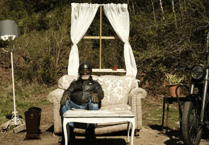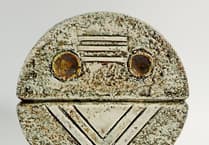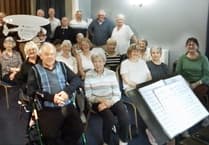In the aftermath of World War I, a wave of ex-servicemen returned home, seeking help to navigate the challenges they faced. Many were physically and mentally disabled, struggling to find work to support their families, or grappling with the traumas they had experienced during the war. The absence of a welfare state and governmental support at the time only worsened the situation.
To address this, four groups were formed in 1918, one for each military service, providing assistance to these individuals. However, the groups did not work in unison, and their efforts struggled to make the impact that was needed. Recognising the shortcomings of these separate organisations, Field Marshal Sir Douglas Haig, the then-Prince of Wales - later Edward VIII, and a team of dedicated individuals stepped in.
On 15th May 1921, the British Legion was formed through the amalgamation of the four groups. The newly-formed British Legion served as a collective voice for the ex-service community, advocating for their needs and providing essential support.
Towns and villages across the country began forming their own branches to help local residents. Ross was among the first to join, signing the paperwork to become part of the main group on 4th July 1921, just seven weeks after the British Legion’s formal formation. The Ross branch, believed to be one of the oldest with continuous service in the country, received a Standard to acknowledge their membership and immediately began providing assistance to their community.
In 1925, George V granted a Charter for Royal British Legion patronage, with Queen Elizabeth II extending the appellation for life during the RBL’s Golden Anniversary in 1971. This tradition continues under King Charles III. Earl Haig, one of the founding members, served as President until his death in 1928.
As the Royal British Legion marked its centennial in 2021, its commitment to supporting veterans and their families remains unwavering.





Comments
This article has no comments yet. Be the first to leave a comment.